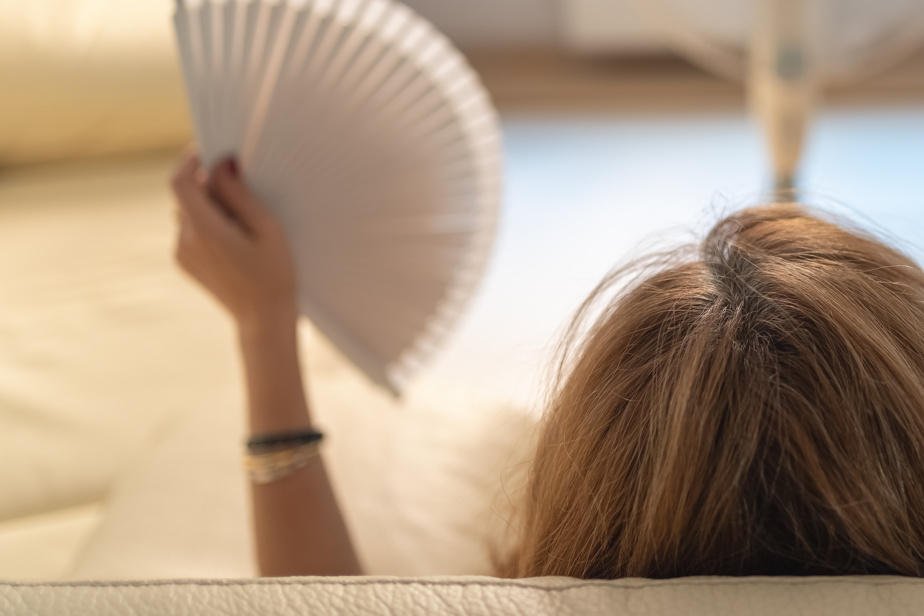Open windows at night and close them during the day
“Even during a heatwave, we open at night and close during the day. There is always a drop in temperature at night,” explains Emmanuel Cosgrove, general manager of Écohabitation. And during the day, we also close the curtains or blinds.
Want to ventilate earlier in the evening? Look at the difference between indoor and outdoor temperatures – and even humidity, advises Joanna Eyquem, executive director, climate-resilient infrastructure, at the Intact Centre on Climate Adaptation.
If you have a house with several floors, you can take advantage of the chimney effect. “You open a window on the ground floor and a window on the upper floor,” explains Emmanuel Cosgrove. “It has to communicate without a closed door and there will be a suction effect.” If your home only has one level, you can try to create a draft by opening windows on different sides.
But be careful: you should not open the basement windows. Moisture can enter and cool on the walls, which can create mold, warns the general director of Écohabitation.
Use a fan

PHOTO GETTY IMAGES
The fan gives a cool feeling.
A simple and inexpensive solution, “is the fan, either on the ceiling or on a stand,” says Emmanuel Cosgrove. The fan does not necessarily cool the interior, but rather gives a feeling of freshness. If you have a ceiling fan, make sure that it turns in the right direction, the air must be pushed towards the floor.
There is a downside, however. “Above 33 degrees, it doesn’t have a good effect, because the air is so hot,” Joanna Eyquem says. The ventilation of hot air can hinder the evaporation of sweat – which should be avoided.
A bowl of ice or a damp sheet
You may have seen this trick online: put a bowl of ice in front of a fan or a damp sheet in front of a window to get a cooler breeze. As long as the humidex isn’t already at its peak, this trick can work.
“Humidity with a cool air current can give a feeling of greater freshness,” says Emmanuel Cosgrove. The principle reminds him of the badguirs, “wind-catcher” towers of Persian architecture. These towers are often coupled with a pool of water at their base, which allows additional cooling of the interiors.
Planting green
Trees that block the sun from hitting windows directly have a big impact, Joanna Eyquem points out. “Even on balconies, you can create more shade with plants,” she says.
We can also turn to shrubs and climbing plants, which take less time to expand. “It’s true that the brick will radiate heat all night long. But if we put plants like ivy or vines, the temperature will be lowered by the evapotranspiration of the plants,” illustrates Emmanuel Cosgrove.
Can indoor plants have an effect on heat? If they act as blinds and prevent the sun from hitting the ground thanks to their foliage, they can help control the temperature. But they can also generate additional humidity and contribute to our feeling of overheating, raises the director of Écohabitation.
For further…
We should plan for heat management in our homes, says Joanna Eyquem, especially if we are thinking about renovations. This could involve, for example, shading devices (shutters, awnings, blinds), better insulation or windows that reduce heat absorption.
“During a heatwave, there are many habits that we can adopt to try to do without an air conditioner. But we no longer believe that an air conditioner is an unnecessary luxury,” says Emmanuel Cosgrove. “Especially in an urban environment, when we are stuck with heat islands.” If we have to choose between air conditioners, the director of Écohabitation prefers to buy a heat pump. “It far compensates for its energy consumption in the summer by saving on heating in the winter,” he notes.
